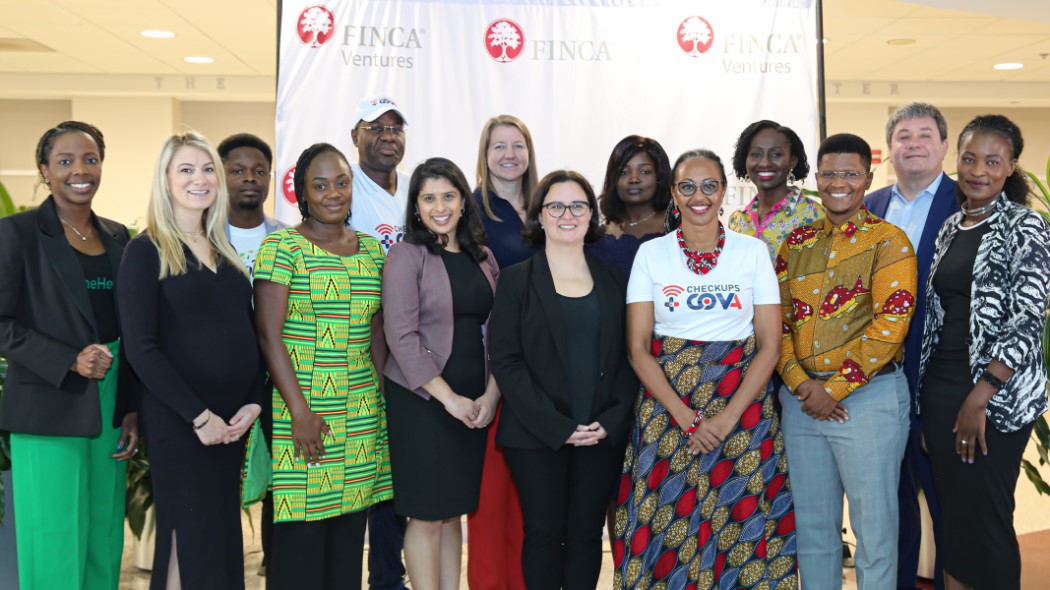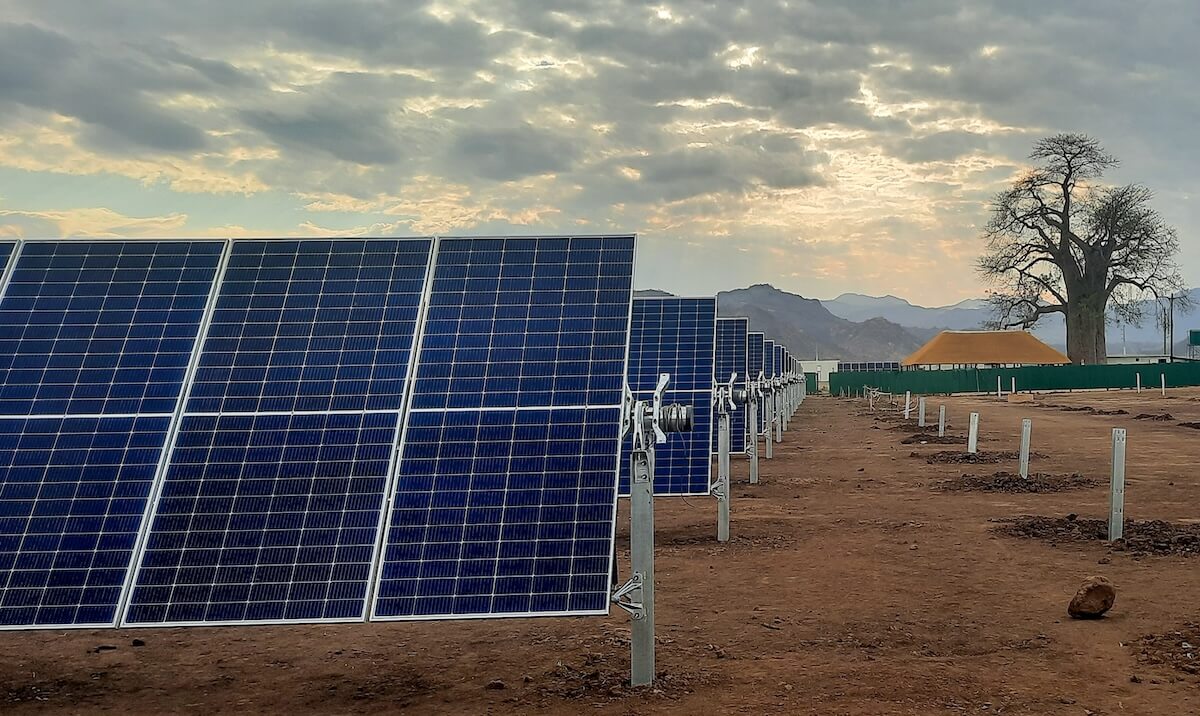Restoring forests, wetlands and wildlife habitat is exciting. Leave it to the bankers to make financing such environmental projects downright boring.
As climate concerns and other environmental anxieties mount, Wall Street and global bankers are hammering the complexities of conservation into the kind of mature, repeatable financial products bankers sell every day. That the payments are driven by revenues from carbon credits, green bonds and sustainable commodities production is an added bonus.
We will know we have succeeded when more people realize that conservation can also be an investable proposition, that you really can make money in conservation. John Tobin, Credit Suisse
Senior executives from Goldman Sachs, JPMorgan Chase, Credit Suisse, along with nearly 150 other investors, conservationists and government officials, gathered at Credit Suisse’s Park Avenue tower earlier this year to nudge conservation toward its prosaic, exciting future. (I attended the invitation-only gathering after chronicling last year’s much smaller workshop in San Francisco, which was also convened by Credit Suisse*, Equilibrium Capital*, Lyme Timber and Cody Diemar Partners. ImpactAlpha and the Conservation Finance Network at Island Press provided logistical and communications support to both events.)
“The mantra of this event is, ‘scalability, repeatability, investability’” said John Tobin, managing director and global head of sustainability at Credit Suisse.
Investor Demand
Instead of hand-crafted and small, the bankers are looking for timber, agriculture and water deals that are increasingly cookie-cutter, and many times as big. Their goal is financing vehicles that can take chunks of $50, or $500 million from pensions, endowments and sovereign wealth funds; notes that can be offered to tens of thousands of private-banking clients; bundles that can be sold into secondary markets to recycle funds into new projects.
“We get meaningful inquiries right now about ‘Where can we allocate more capital?’” said Kyung-Ah Park, head of the environmental markets group at Goldman Sachs. Camilla Seth, executive director of JPMorgan Chase’s social and sustainable finance group agreed. “We have a growing set of clients that are asking for product in this space,” she said.
[blockquote author=”Jason Weller, Natural Resources Conservation Service, USDA” pull=”pullright”]The ecosystem markets are starting to work. They’re coming to life.[/blockquote]
A rough consensus emerged that at least some sectors of the conservation market are nearing the kinds of tipping points that would unleash mainstream capital to bankroll large-scale restoration and conservation. Only about $52 billion per year flows to conservation projects, the bulk of it via public and philanthropic funds. That’s far short of the $300 billion to $400 billion per year needed for conservation efforts.
“We can’t create capital markets until something is boring enough and well understood enough that I can repeat it and repeat it and repeat it. Not just one-off or 10 times but thousands and tens of thousands of times,” said Dave Chen, CEO of Equilibrium Capital in Portland, a $1 billion manager of sustainable real assets, said in the opening panel of the January conference.
“We’ve seen this happen in market after market,” Chen said. “They go from emerging, unclassified, unknown, lots of scary things about them … to increasingly becoming mainstream. And then the market takes off.”
Abundant Capital
Some offerings have already gone mainstream. “Green bond” issues tripled to $36.6 billion in 2014 from a year earlier. Pioneered by the World Bankand other development-finance institutions, the bonds are increasingly being issued by municipalities, states and corporations to raise low-cost capital to finance energy efficiency, conservation and 21st-century green infrastructure that often outperforms “grey” 20th-century sewers and storm drains at a fraction of the cost.
“This is as plain-vanilla as it gets right now,” Goldman’s Park said.. “It’s tapping into the traditional fixed-income market, which is close to about $100 trillion, and so very liquid.”
Other revenue streams to repay investors include sustainable food (read: premium pricing) and fiber (read: certified timber) and the sale of credits for carbon storage and other “ecosystem services.”
Established market segments, such as sustainable timber and agriculture are attracting eight- and nine-figure checks from public pension funds and other institutional investors. Lyme Timber, with a portfolio of more than 475,000 acres and $325 million in assets under management, in December closed on $65 million in commitments to its planned $175 million fourth fund, which includes for the first time a public employee pension fund.
In sustainable agriculture, Equilibrium Capital attracted $50 million checks each from the Washington State Investment Board and the Maine Public Employment Retirement System to its $250 million ACM Permanent Crops Fund, which closed in January.
The restoration of wetlands, water and wildlife habitat already is a $3 billion industry. Wetlands “mitigation banks” broker credits to offset negative environmental impacts of real estate, transportation and energy projects through the creation of more-than-equivalent positive impacts nearby.Ecosystem Investment Partners has raised more than $200 million to finance the restoration of thousands of acres of wetlands, including a $30 million investment from the New Mexico Educational Retirement Board Pension Fund.
Pricing Nature
To be sure, fundraising continues to be tough for many funds, particularly in complex market segments, such as oceans and fisheries. Carbon markets have been volatile and policy risk remains maddeningly high in advance of a global climate conference in Paris in December.
Yet California’s cap-and-trade market has become one of the largest new sources of capital for sustainable forestry projects nationwide, with oil and gas producers and other emitters obligated to purchase hundreds of millions of dollars in offsets. Some forecasters predict 1.5 million acres of forest will be listed or enrolled in the marketplace by the end of 2015, up from 120,000 acres last year.
Already, some forest-restoration deals pencil out, even with the still-low market prices for carbon reduction. New Forests, a $2 billion fund manager based in Sydney, Australia, financed and developed the first forest carbon project registered on the California market. The project was completed early last year, conserving nearly 8,000 acres of Douglas fir and hardwoods near the Oregon border, creating 700,000 offsets for sale and generating millions for the Yurok Tribe along the Klamath River. New Forests has registered additional projects since and is rapidly scaling up their US forest carbon project finance work, said Brian Shillinglaw, associate director of New Forests.
On the eve of the conference, Althelia Climate Fund announced it raised 15 million euros ($16.8 million) through Credit Suisse’s new “Nature Conservation Notes” the first market-rate conservation investment product also available to non-institutional clients. The notes were part of Althelia’s overall raise of 105 million euros, or about $122 million, to finance the production of sustainably certified products such as cocoa, coffee and wood and create carbon offset credits through the protection of forests. Althelia has announced its first investments in projects in Kenya and Peru.
Beyond carbon, other ecosystem markets are growing up as well. Around the Chesapeake Bay, farmers partnered with a private “nutrient bank” to sell $800,000 in credits to the state of Virginia. Significantly, the ecosystem restoration project cost half that of the traditional stormwater project that otherwise would have been needed to offset phosphorous runoff from a transportation project.
In Oregon, the Freshwater Trust has an $8 million contract to cool the Rogue River by planting native trees and shrubs in targeted areas to increase shading and other restoration measures, in order to mitigate warming caused by wastewater discharges from the city of Medford. The number of kilocalories by which a tree’s shade reduces the solar load in a watershed – an “ecosystem service” – can now be quantified into a credit that can be purchased by cities and utilities for regulatory compliance.
The market for biodiversity credits is growing as well. The listing last May of the lesser prairie chicken as “threatened” under the Endangered Species Act, for example, has generated intense demand for offset credits from oil, gas and wind energy developers as well as ranchers that need to mitigate negative impacts in the bird’s range. That meant millions of dollars for habitat restoration across New Mexico, Colorado, Oklahoma, Kansas and Texas.
“The ecosystem markets are starting to work. They’re coming to life,” said Jason Weller, chief of the Natural Resources Conservation Services, a unit of the USDA, who said such payments allow farmers, ranchers and loggers to “monetize social benefits” and generate new revenue streams.
In northern California, the Conservation Fund, backed by the Gordon and Betty Moore Foundation and local land trusts and government agencies, isbidding on 30,000 acres of redwood timberland in Sonoma and Mendocino counties. The deal includes revenues from sustainable timber and carbon offsets.
“It’s at a scale that we haven’t invested in the past,” says Dan Winterson, program officer at the Moore Foundation. “It’s bringing in revenues that will be a model for the forest of the future.”
“The trend is clear. The field is developing. More deals are coming out,” said Credit Suisse’s Tobin. “We will know we have succeeded when more people realize that conservation can also be an investable proposition, that you really can make money in conservation.”
A version of this article, “Earth Day Pay Day: Bankers Work to Make Nature Finance Itself,” originally appeared in Institutional Investor.
*Credit Suisse and Equilibrium Capital are sponsors of ImpactAlpha.











